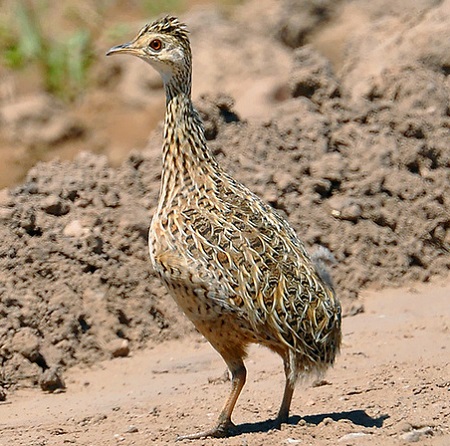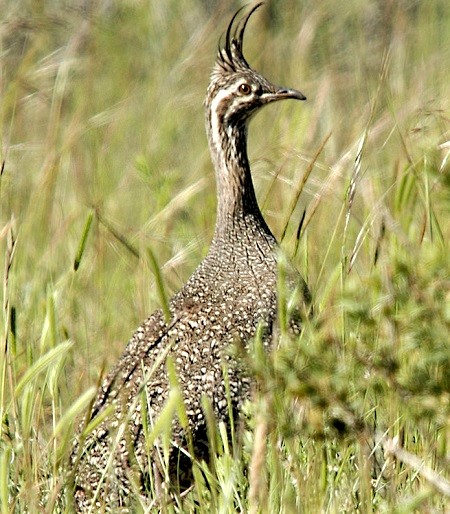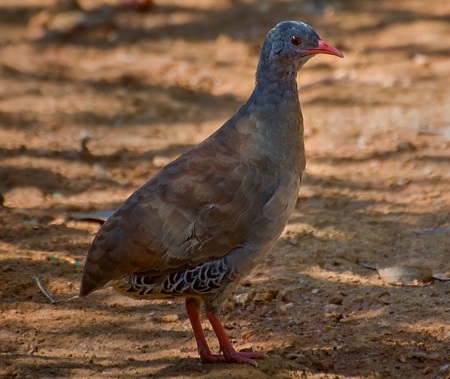Tinamous
Tinamous’ Overview
Tinamous are species of ground-dwelling birds, which inhabit central and south America. They superficially resemble Partridges and Quails, but have limited flight capability, preferring to walk or run rather than fly. Tinamous have traditionally been regarded as the sister group of the flightless birds or ratites (Ostriches, Emus, Cassowaries, and Rheas). They live in a variety of habitats, ranging from semi-arid alpine grasslans to tropical rainforests. Around 47 species are recognized for the tinamou, that are divided acording to their habitats in two major groups; the steppe or open-country tinamous, and the forest tinamous.
Tinamous’ Characteristics
In general, the tinamou is a plump and compact bird with a slender neck and a small head. The body is quite heavy, with a high rump outline which generally hide the extremely short or even rudimentary tail. Both sexes are alike in appearance, except that the female is often slightly heavier and has brighter coloration. Tinamous are available in many colors that allow them to conceal themselves in their surrounding environments, and in a great diversity of weights that range from 150 g to 2 kg.
Tinamous are opportunistic and omnivorous feeders, consuming a wide variety of plant and animal food from fruits and seeds to worms, insects and small vertebrates. They also dust-bathe, as well as washing themselves by standing in heavy rain. Tinamous are heard more often than seen, as they communicate with each other by a variety of frequently given, characteristic calls, especially during the breeding season.
Tinamous’ Reproduction
Certain tinamou species have well-defined breeding periods, while others breed throughout the year. Courting birds raise their thickly feathered rump and display their brightly colored under-tails. Tinamous make their nests on the ground, concealed in vegetation or among rocks, and it’s the male who constructs and defends the nest. While female tinamous wander through several territories for mating with the resident males and laying their eggs in their nests. The eggs are among the most beautiful and colorful of all birds’ eggs, always monochromatic and highly glazed. Tinamous’ egg colors include light chocolate brown, near black, purple, dark bluish green, light yellowish green, and even red. More than one hen may place her eggs in a male’s nest, thus the clutch may become quite large, numbering from 8 – 16 eggs. The male does the incubation for a period of 2 – 3 weeks and guides the chicks for several weeks after hatching.
Tinamous and their eggs have many natural predators, from Falcons and Vampire Bats to Jaguars. They have been extensively hunted by humans as fine game birds too. However the main threat to their populations is the habitat loss as a result of land clearing and agricultural development.







Breeds
